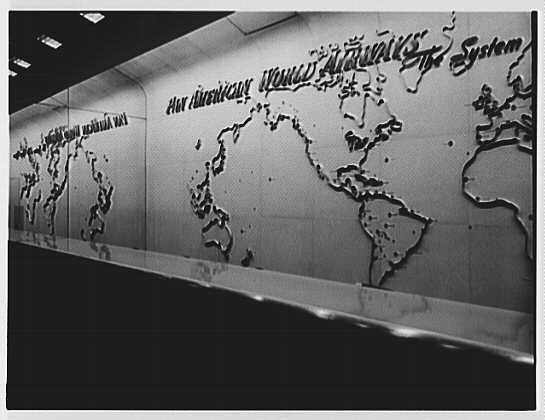Shortly after the German invasion of France in June 1940, the Roosevelt administration authorized Pan American Airways to build and maintain airfields for the US military. The army and navy wanted a network of coastal bases to assure access to Natal, in the eastern part of Brazil—at the narrowest point of the Atlantic. The administration determined that signing a deal with Pan Am would be quicker than undertaking any more formal process, and as Congress had given Roosevelt a discretionary fund of $34 million for such purposes on June 11 in the naval appropriations act, it was swiftly done.1 According to General George Marshall, these airfields were “more essential to out national defense than any other single matter.”2

These bases would not, for the most part, be the bases acquired from Britain in trade for old US destroyers, though Pan Am played a small part in setting up the base in Trinidad. These would be new bases, in which Pan Am had its own interest—it wanted a network of runways that would suit the new stratoliner, the first passenger aircraft with a pressurized cabin, which shared components with the B-17.
Settling on locations for the bases entailed some difficulties. The planners wanted one in Martinique, but the island’s Vichy proclivities made that impossible. The Vichy governor in French Guiana was a bit more obliging and worked with Pan Am in secret—until the Nazis kicked him out.
Although Pan Am made a slow start, the airfields ultimately proved vital, especially in managing traffic to and from Europe bound through Natal. Moreover, as Marshall said in April 1941, the network constituted an investment: “an asset to us for military use and for future trade relations. Anything we can do now toward providing airfields is an enduring thing and not a venture.”3